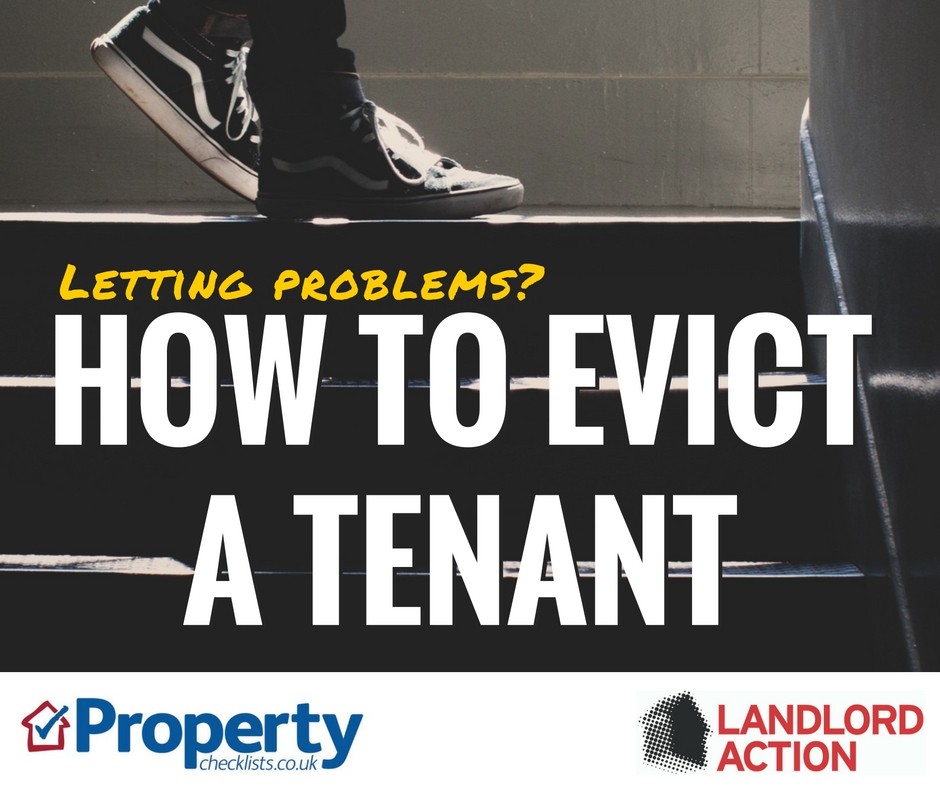
Mark Chick - ALEP
The Upper Tribunal has handed tenants an important victory concerning ‘common parts’ including roof spaces and airspace leases in leasehold enfranchisement. The Upper Tribunal (Lands Chamber) has held that a lease of the airspace above, and the subsoil below a leasehold block of flats must be classed as "common parts" of the building when deciding if they were to be acquired, in a decision that could potentially have a profound impact on the property sector.
This means that freeholders may not able to sell 'air space' to people who wish to develop on top or below an existing block of flats. This is particularly important if it remains law as the Government is relaxing planning rules on building on rooftops, for example, to help create more homes in London.
For the full reference see LM Homes (and others) v Queen Court Freehold Company Limited [2018] UKUT 0367 (LRA/16/2018)
In a block of flats the freeholder may want to create or reserve value for the future, and one way of doing this is with the grant of a lease of the airspace above the property.
In the case of Queen Court the freeholder had sold off leases of the airspace above the property and also separate leases of the subsoil, and a part of the boiler room.
Investors had paid fairly significant sums for these in the hope of future development. The fact that the leases can be acquired as part of an enfranchisement will make it more difficult to implement similar schemes successfully in the future.
As matters stand at the moment, this is bad news for landlords and good news for tenants.
When looking at airspace two points have to be borne in mind: firstly, comes the creation of the lease itself. This will normally trigger the provisions of the Landlord and Tenant Act 1987 and mean that it has to be offered first to the flat owners under the “right of first refusal” under that Act. Only if they do not accept this offer to sell to them can the transaction proceed.
Secondly, if a lease of the airspace (or any other area) outside the flats has been created, and a claim to the freehold is made by the flat owners under the Leasehold Reform Housing and Urban Development Act 1993, then the question will arise as to whether (as a matter of law), the flat owners are able to buy the leases of these spaces.
This was the point that was central to the case of Queen Court.
The test that determines whether the lease of an area outside the flats can be purchased depends on Section 2(3) (b) of the 1993 Act. This says that a lease of common parts can be acquired if the purchase of that area is reasonably necessary for “the proper management or maintenance of those common parts.”
It was this test, its meaning and how you might be able to ‘work around’ it to retain a leasehold area, that is the most important part of the Queen Court decision.
It has been settled law for some time that the airspace above the property is a ‘common part’ and there are a variety of cases under the 1987 Act confirming this (notably Dartmouth Court Blackheath Limited v Berisworth Limited [2008] EWHC 350 (Ch)). Any sale of the airspace above a block will therefore have to be notified to the tenants under the ‘right of first refusal’ under the Landlord and Tenant Act 1987, unless it falls under one of the exceptions to this rule.
Under the 1993 Act, (where the tenants are looking to buy the freehold and other areas on a compulsory basis), there are also cases that confirm that the airspace can be a common part when discussing whether a lease of it can be acquired.
In Queen Court, the Upper Tribunal looked at a number of points of detail about the distinction between areas that the flat owners do not have access to, but that could still potentially be ‘common parts.’
This was contrasted with the scenario where the area in question had ceased to be within the flat owners’ use and had then been made subject to a lease. In that sort of case, (provided that the area was not needed for proper management or maintenance), it would not be acquired.
So, whilst it cannot be said categorically that all leases of areas outside the flats themselves will be able to be acquired, if the lease is found to be a lease of what are deemed to be ‘common parts’ then the simple act of the landlord creating a lease of this area will not be enough to stop it being a common part.
In Queen Court, the creation of the airspace lease itself was valid, but the key question was whether the lease itself, which allowed access over the existing airspace, would offend these provisions if it was not acquired and simply left in place.
This would leave the owner of the airspace lease free to carry out further development.
The airspace lease in Queen Court reserved rights in favour of the landlord (which would of course be the flat owners if the freehold changed hands) - allowing ‘for the proper management or maintenance of’ the common parts comprised in the airspace.
This is the exact test for acquisition under the enfranchisement legislation and so the central question was whether a lease of a common part reserving rights in this way would provide enough ‘access for proper maintenance and management’ and in doing so would mean that because these rights were provided that the lease did not need to be acquired.
The position on this has been unclear until now.
At first instance, the lower tribunal (the First-tier Tribunal) had held that the tenants could acquire the airspace lease (and the other leases) and so the landlords then appealed to the Upper Tribunal.
The Upper Tribunal held that even though the lease in question had the relevant wording in it suggesting that the test under Section 2 of the 1993 Act would be met - in other words, even if the flat owners would have had access for ‘proper management or maintenance’, the fact that the nature of the airspace would change fundamentally after any development took place as it would cease to be a common part meant that the landlord’s drafting was not sufficient to avoid the lease being caught.
What the decision seems to be saying therefore is that the management of the airspace itself would not be possible unless it were acquired.
Well, the first thing to take away from Queen Court is that the decision itself is subject to an appeal. Currently (March 2019), the landlords are seeking leave to appeal the Upper Tribunal’s decision from the Court of Appeal. That means that the position may not be certain for a while yet.
However, if the law remains as it is then this may have big ramifications for developers and freeholders looking to realise additional value by the use of such leases.
| How to choose a leasehold legal expert - ALEP |
Passing on your property wealth - Chase de Vere |
How to evict a tenant - Landlord Action |
 |
 |
 |